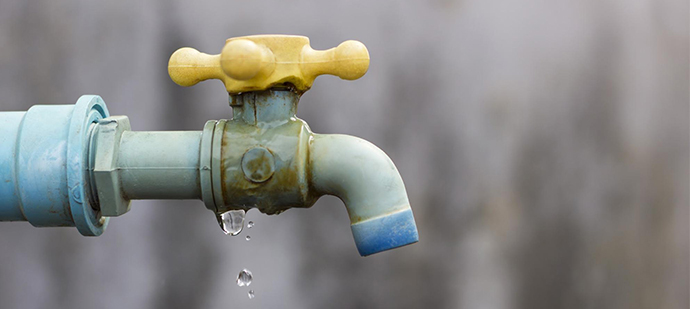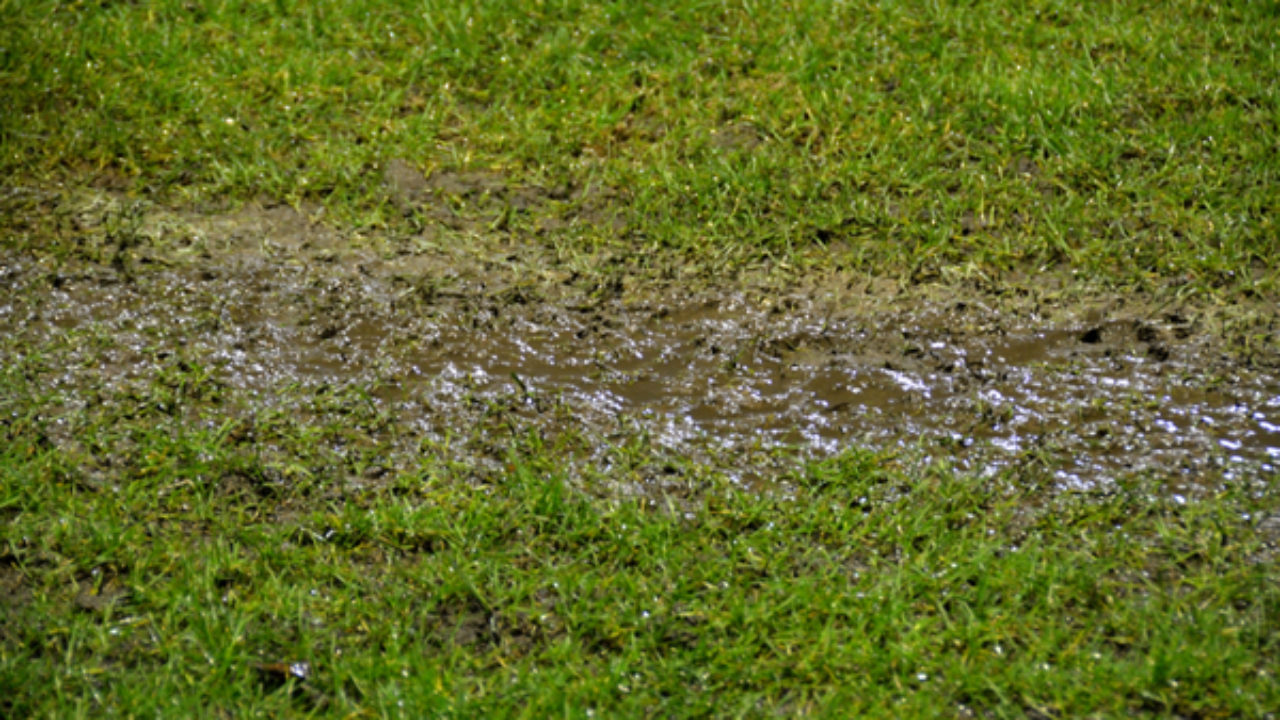Guide To Water Leakage Detection In Your Home
CallNearly everybody maintains their own individual notions on the subject of Leaking water lines.

Early discovery of dripping water lines can minimize a prospective catastrophe. Apart from conserving you cash, it will minimize the aggravation and also stress. The minute you discover a leakage, calling your plumber for repair work is the best option. Some little water leaks may not be visible. If you can not identify it with your naked eyes, below are some hacks that aid.
1. Take A Look At the Water Meter
Inspecting it is a proven way that assists you find leakages. If it moves, that indicates a fast-moving leak. This implies you may have a sluggish leakage that might even be underground.
2. Examine Water Usage
Evaluate your water expenses and track your water consumption. As the one paying it, you must discover if there are any type of discrepancies. If you spot sudden changes, in spite of your usage being the same, it implies that you have leakages in your plumbing system. Keep in mind, your water costs need to drop under the very same array each month. An abrupt spike in your costs indicates a fast-moving leak.
A constant increase every month, even with the very same behaviors, reveals you have a slow-moving leakage that's additionally slowly rising. Call a plumber to completely examine your residential or commercial property, specifically if you really feel a warm area on your flooring with piping beneath.
3. Do a Food Coloring Test
When it comes to water consumption, 30% comes from bathrooms. If the color in some way infiltrates your bowl throughout that time without flushing, there's a leak in between the storage tank as well as dish.
4. Asses Exterior Lines
Do not fail to remember to examine your outside water lines also. Should water permeate out of the connection, you have a loose rubber gasket. One little leak can throw away loads of water and surge your water costs.
5. Inspect as well as Assess the Circumstance
Home owners ought to make it a practice to examine under the sink counters as well as even inside closets for any bad odor or mold and mildew growth. These two warnings indicate a leakage so prompt interest is called for. Doing regular evaluations, also bi-annually, can save you from a significant problem.
If you understand your residence is currently old, maintain a watchful eye on your heaters, hose pipes, pipelines etc. Look for stainings as well as deteriorating as the majority of pipelines as well as home appliances have a life span. They will certainly also normally weaken because of damage. If you suspect leaking water lines in your plumbing system, don't wait for it to escalate. Call a specialist plumber right now so you don't end up with a terrible mess in your home.
Early detection of dripping water lines can reduce a prospective calamity. Some tiny water leaks might not be noticeable. Checking it is a proven means that helps you find leakages. One little leak can squander tons of water as well as surge your water costs.
If you believe dripping water lines in your plumbing system, do not wait for it to escalate.
WARNING SIGNS OF WATER LEAKAGE BEHIND THE WALL
PERSISTENT MUSTY ODORS
As water slowly drips from a leaky pipe inside the wall, flooring and sheetrock stay damp and develop an odor similar to wet cardboard. It generates a musty smell that can help you find hidden leaks.
MOLD IN UNUSUAL AREAS
Mold usually grows in wet areas like kitchens, baths and laundry rooms. If you spot the stuff on walls or baseboards in other rooms of the house, it’s a good indicator of undetected water leaks.
STAINS THAT GROW
When mold thrives around a leaky pipe, it sometimes takes hold on the inside surface of the affected wall. A growing stain on otherwise clean sheetrock is often your sign of a hidden plumbing problem.
PEELING OR BUBBLING WALLPAPER / PAINT
This clue is easy to miss in rooms that don’t get much use. When you see wallpaper separating along seams or paint bubbling or flaking off the wall, blame sheetrock that stays wet because of an undetected leak.
BUCKLED CEILINGS AND STAINED FLOORS
If ceilings or floors in bathrooms, kitchens or laundry areas develop structural problems, don’t rule out constant damp inside the walls. Wet sheetrock can affect adjacent framing, flooring and ceilings.
https://www.servicemasterbyzaba.com/blog/how-to-detect-water-leakage-in-walls/

I discovered that review about Detecting hidden plumbing leaks while doing a search on the web. Kindly take a moment to share this content if you appreciated it. Thanks for going through it.